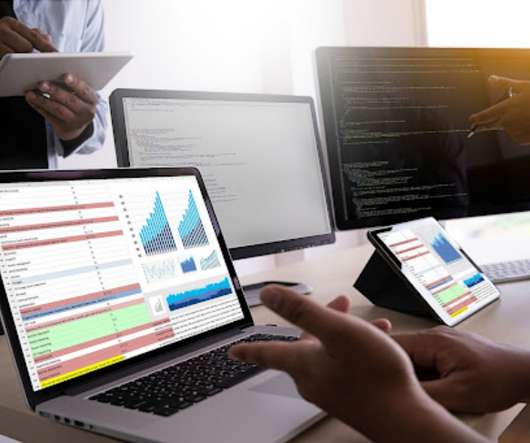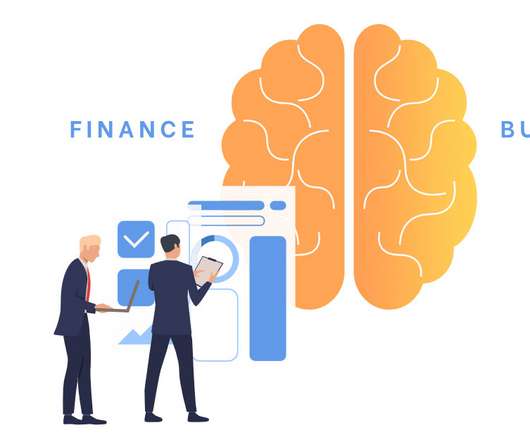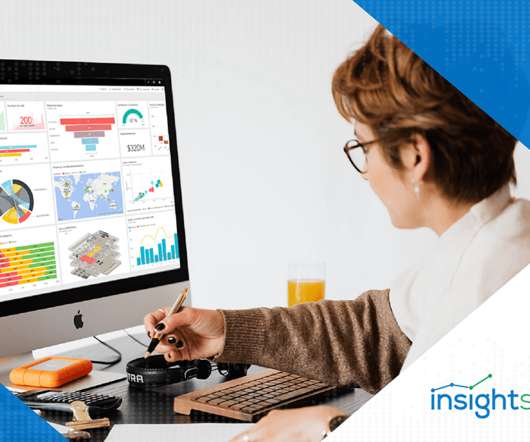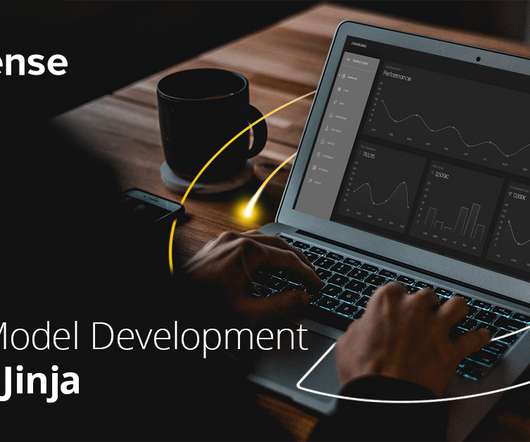Reporting Analytics vs. Financial Reporting: Is There a Difference?
Jet Global
OCTOBER 26, 2021
Multi-dimensional analysis is sometimes referred to as “OLAP”, which stands for “online analytical processing.” Technically speaking, OLAP refers to methodologies for producing multidimensional analysis on high-volume data sets.). For excellence in both reporting and analytics, invest in the right tools.






















Let's personalize your content